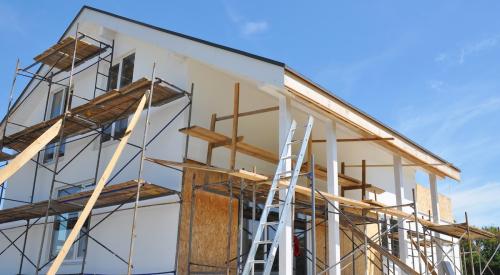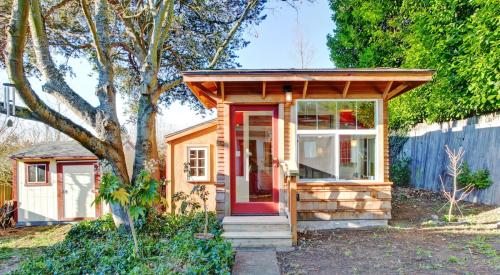While the overall economy was sent into a tailspin, both the housing and mortgage industries flourished in 2020, thanks to the swift response from the Federal Reserve. Record-low mortgage rates helped to bolster these industries, in addition to a change in homebuyer demand. HousingWire’s month-by-month timeline on how mortgage rates changed and affected these industries brings readers back to January when rates dropped to a three-year low of 3.51%. From there, mortgage rates would drop 16 more times, finally landing at 2.66% at the end of 2020. Experts were unsure if mortgage rates would dip below 3.45% in February—but experts could never predict the rebound of the housing market in 2020.
March
America braces itself, as do lenders. Prior to the national emergency issued on March 13 and the 1.8 million people placed in temporary layoff, the month began with rates hitting Freddie Mac’s 50-year survey low of 3.29%. Spoiler – this will not be the last time rates break their own record.
Crucially, on March 23 Federal Reserve Chairman Jerome Powell announced the central bank would make “unlimited” MBS purchases, pushing the average 30-year fixed mortgage back down to 3.5% by the end of the month following an up-and-down several weeks.
“As these purchases roll forward, you will see the Treasury market and the MBS market returning to normal market function, and that will actually support economic activity,” Powell told reporters on a March 15 call.
Still, that didn’t stop most lenders from limiting new originations and hoarding cash. Layoffs within the industry followed, some companies shut down, and the iBuyers pressed pause. All the while, servicers waited for the nightmare scenario to play out.













